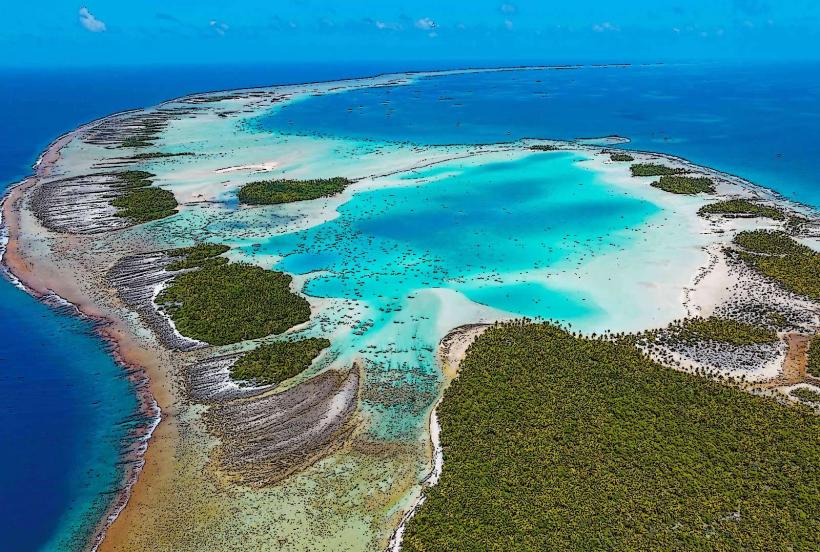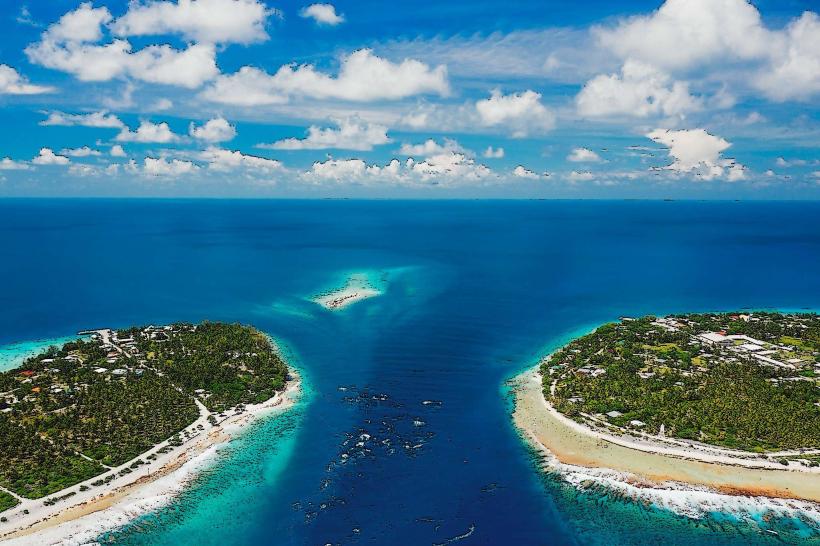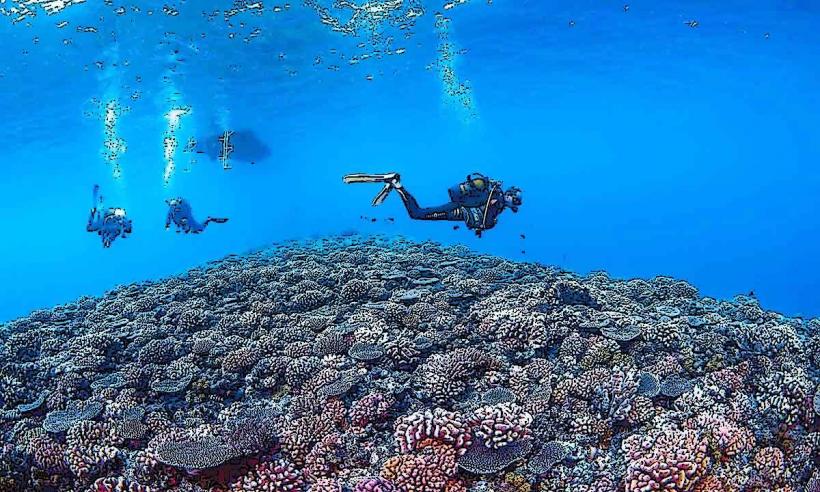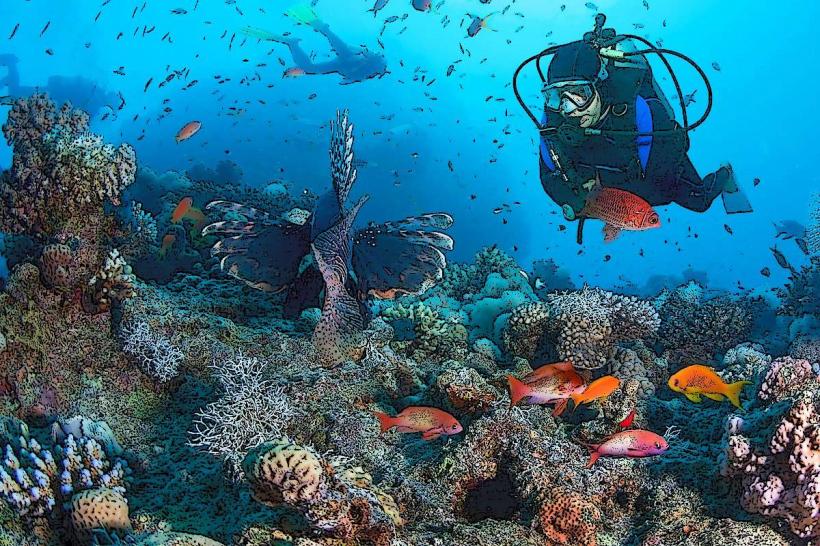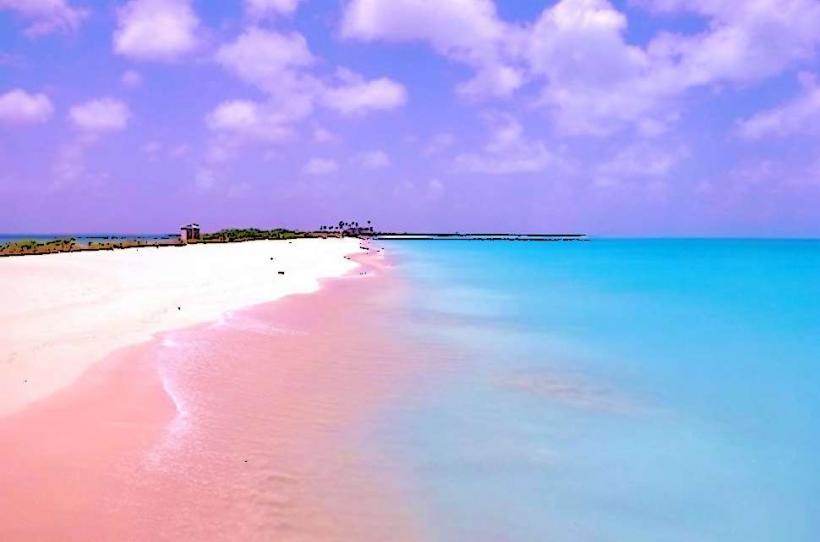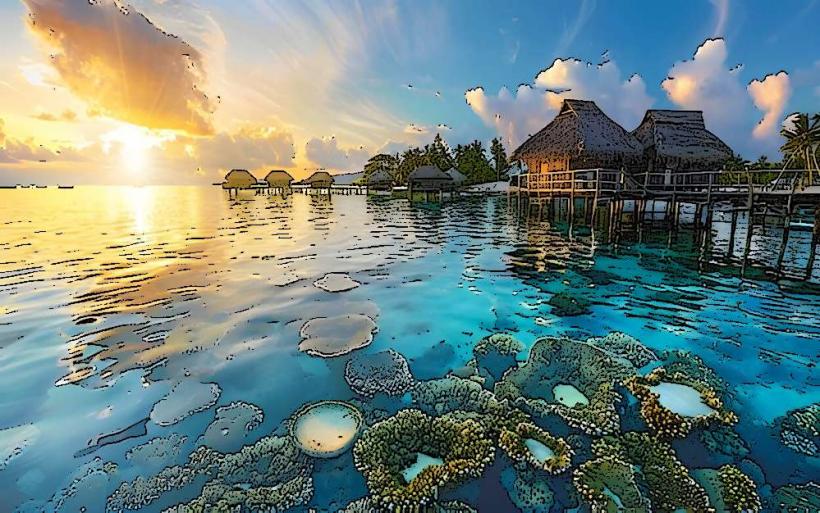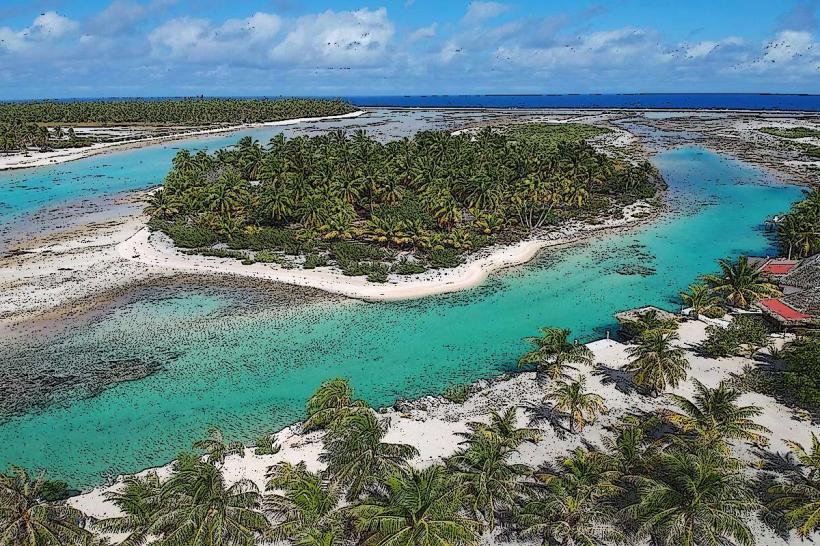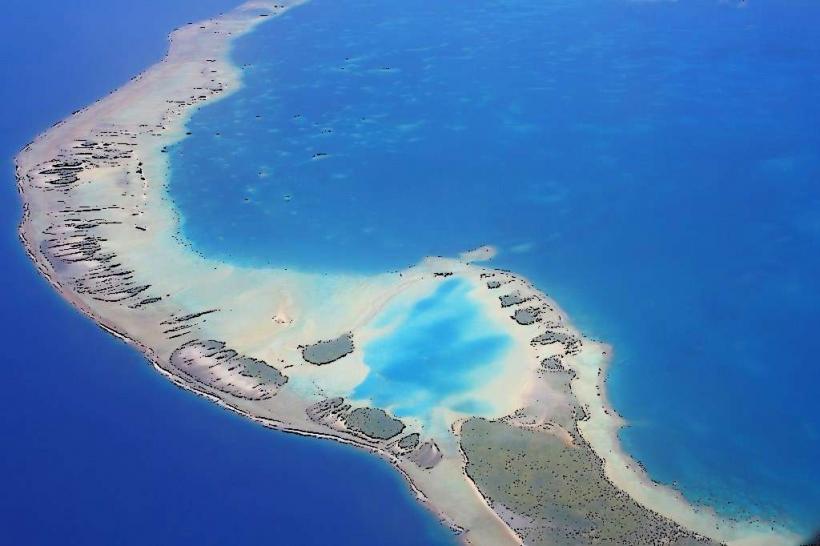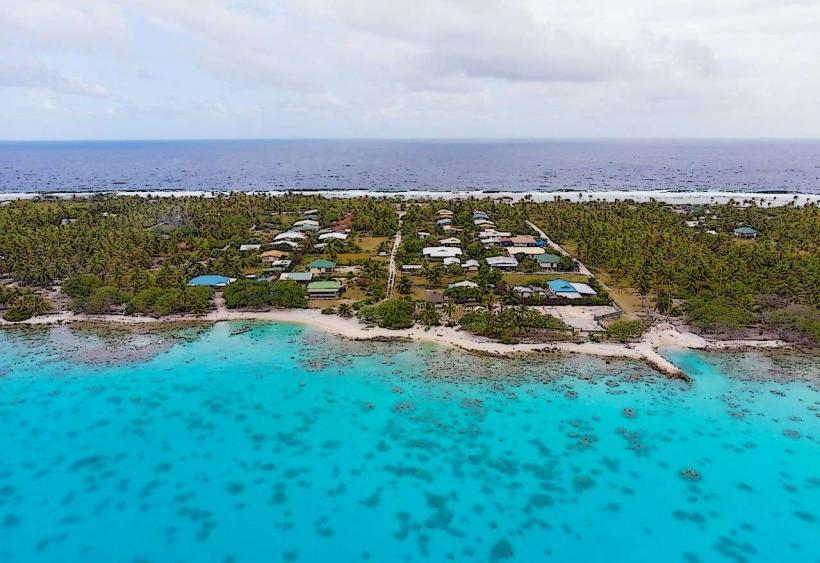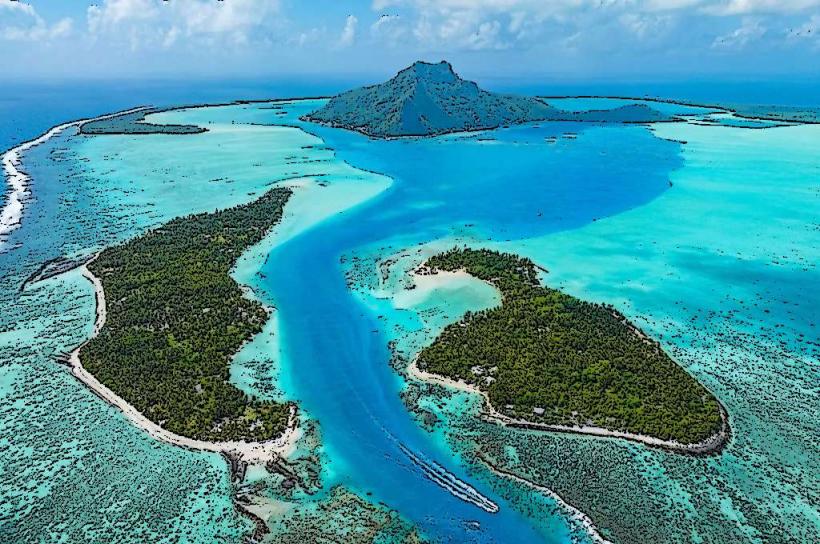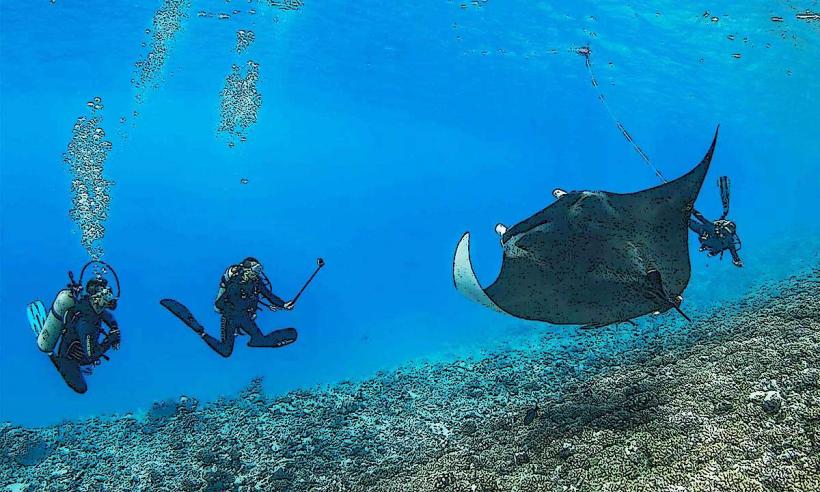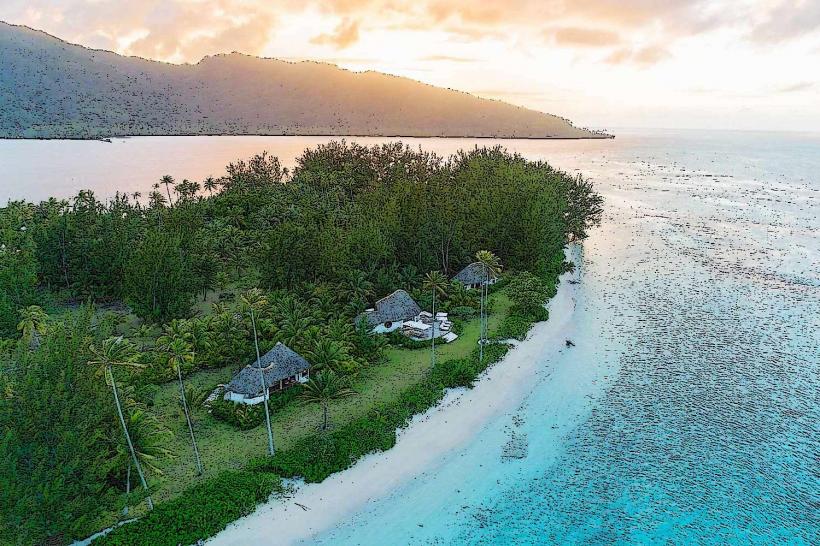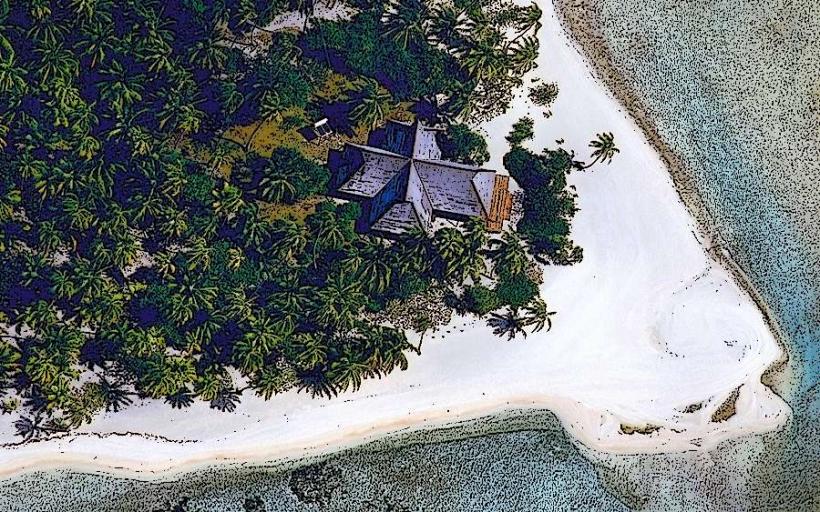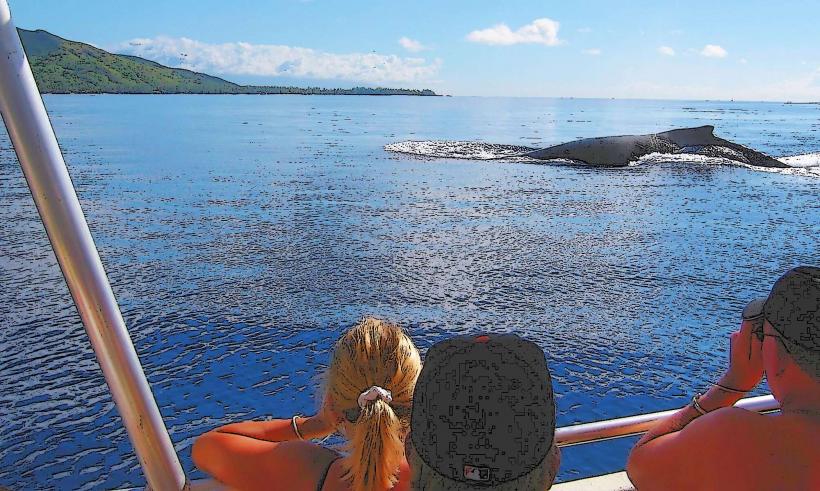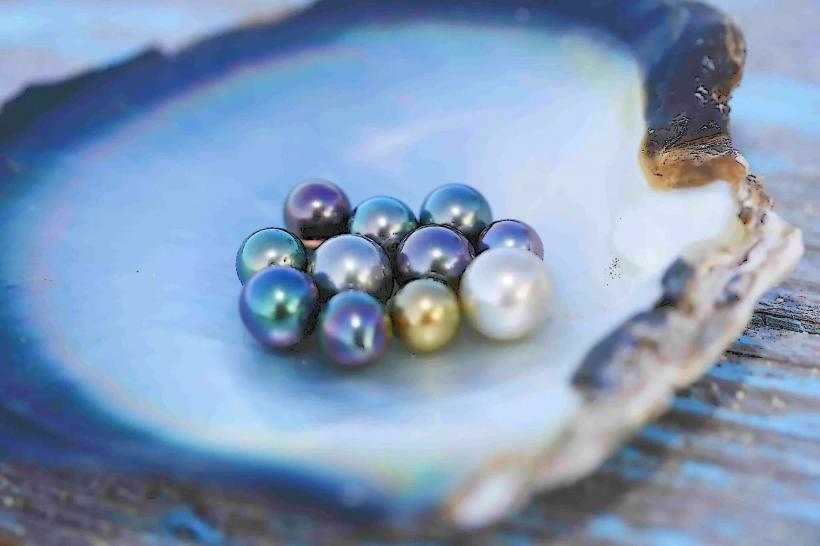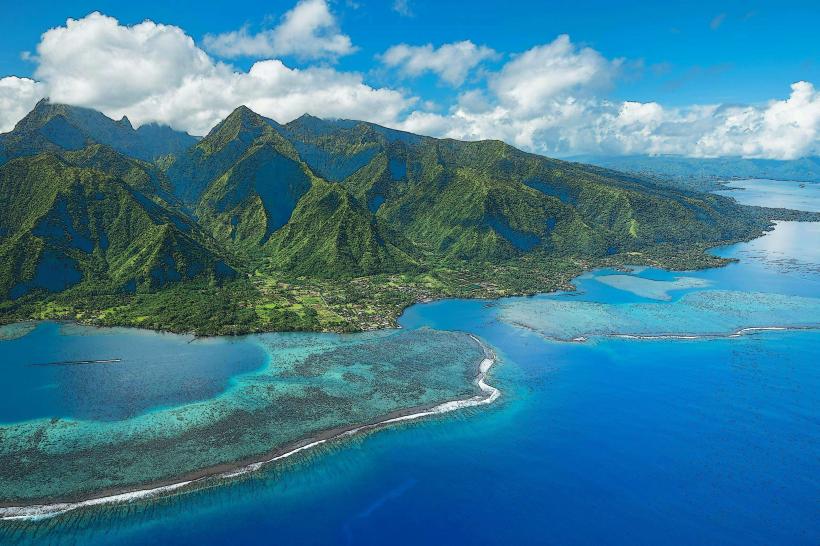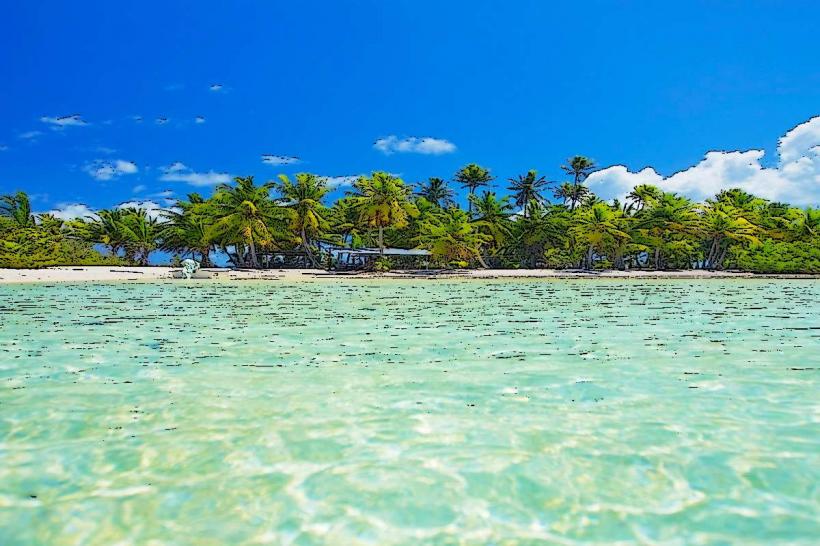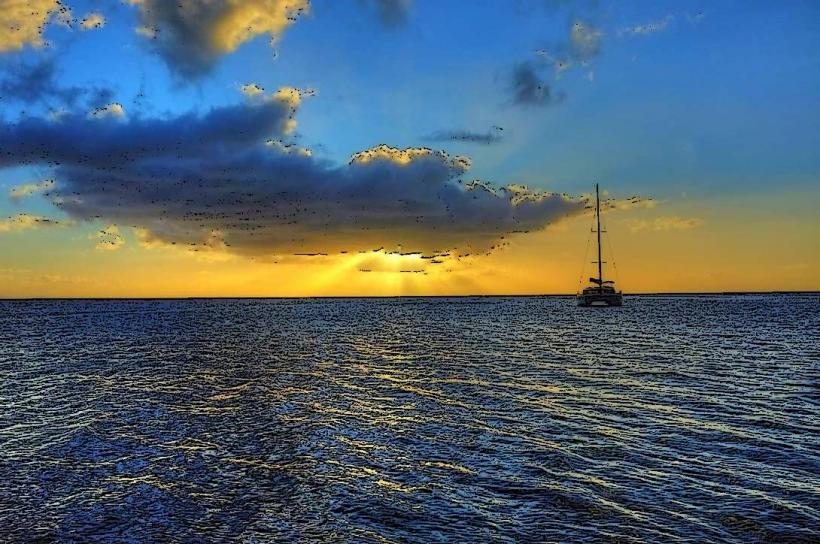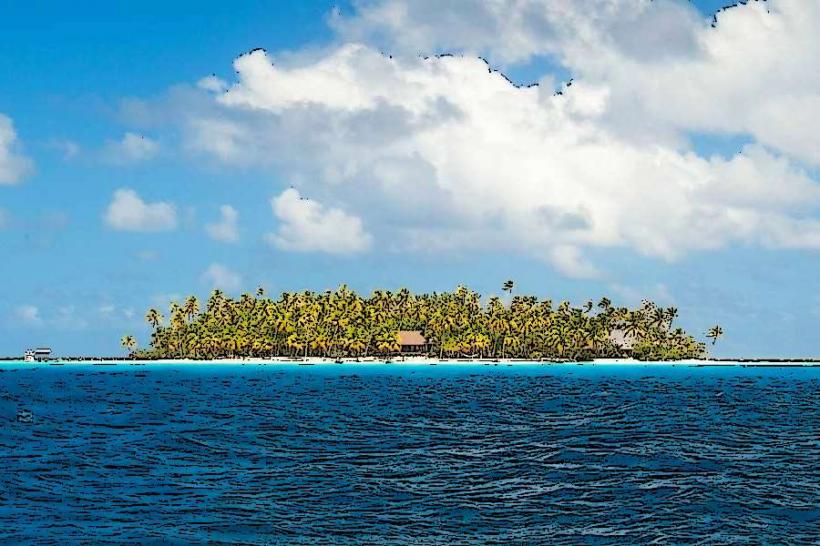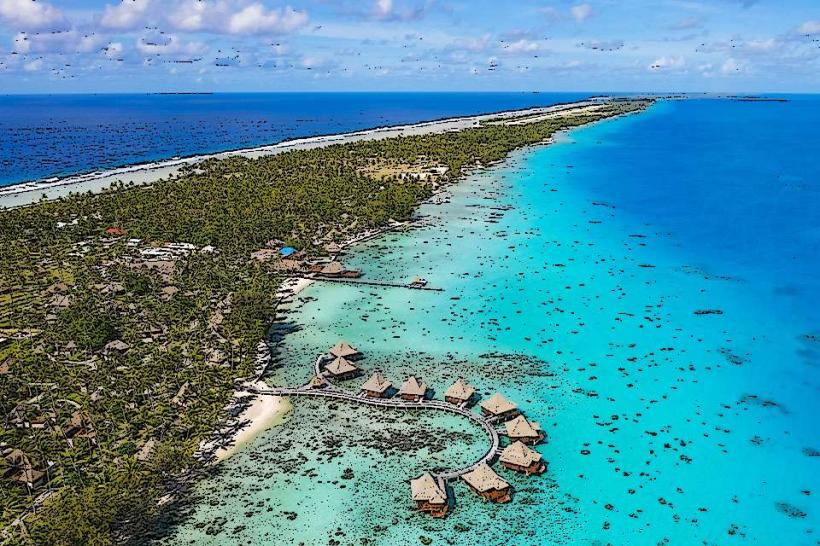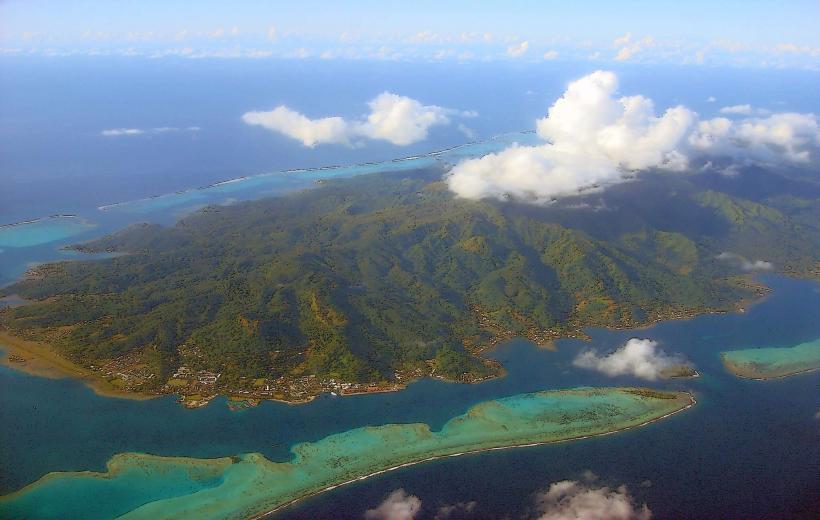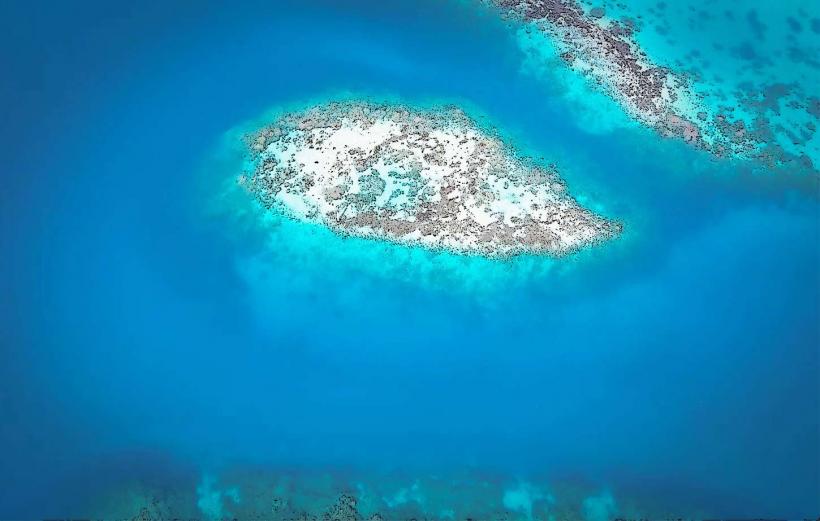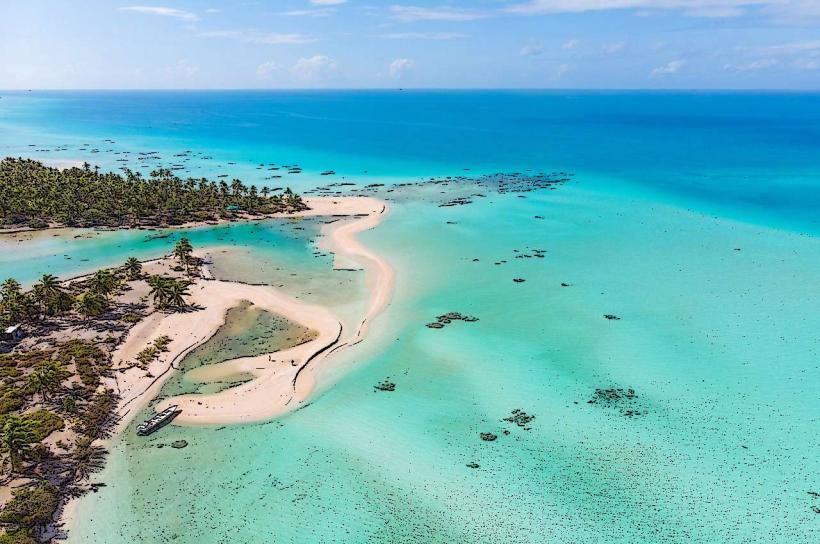Information
Landmark: Rangiroa ReefCity: Rangiroa
Country: French Polynesia
Continent: Australia
Rangiroa Reef is a crucial natural feature of the vast Rangiroa Atoll, located in the Tuamotu Archipelago of French Polynesia. Known for its breathtaking biodiversity, the reef system in Rangiroa forms part of the second-largest atoll in the world, enclosing a lagoon so large it resembles an inland sea. This stunning underwater environment is renowned for its ecological significance, making it one of the top attractions for divers, snorkelers, and marine life enthusiasts.
Overview of Rangiroa Reef
Geographical Features:
- The reef encircles the lagoon, forming a protective barrier against the open ocean.
- It is punctuated by passes (natural openings), such as Tiputa Pass and Avatoru Pass, which are famous for their nutrient-rich waters that attract marine life.
Ecosystem:
- The reef supports a thriving ecosystem, hosting coral gardens, diverse fish species, sharks, rays, and pelagic species.
- Rangiroa is part of the Tuamotu Biosphere Reserve, emphasizing its ecological importance and the need for conservation.
Marine Life of Rangiroa Reef
The reef and its surroundings are home to a remarkable variety of marine species, thanks to the nutrient flow between the lagoon and the ocean.
1. Coral Ecosystem:
- The reef features hard corals like brain corals and table corals, alongside soft corals swaying with ocean currents.
- Coral gardens, particularly near shallow areas of the reef, are colorful and vibrant, offering snorkeling and underwater photography opportunities.
2. Sharks and Rays:
- Rangiroa is a shark haven, with regular sightings of grey reef sharks, blacktip reef sharks, and lemon sharks.
- Manta rays and eagle rays glide gracefully near the reef, especially in the passes.
3. Reef Fish:
- Expect to see schools of colorful fish like parrotfish, butterflyfish, and triggerfish, along with larger species such as Napoleon wrasse.
- Look for unique species like clownfish sheltering in anemones and lionfish hiding in crevices.
4. Pelagic Visitors:
- During the right season, pelagic species such as dolphins, whale sharks, and even humpback whales can be spotted near the outer reef.
Activities Around Rangiroa Reef
1. Scuba Diving
- Tiputa Pass and Avatoru Pass are world-famous diving spots where divers can experience thrilling drift dives through the reef channels.
- The nutrient-rich waters attract large schools of fish and pelagic species.
- Popular dive sites include:
- The Wall of Sharks: Known for its high concentration of reef sharks.
- The Canyons: Underwater rock formations teeming with marine life.
2. Snorkeling
- Coral gardens near the reef offer shallow snorkeling spots perfect for beginners and advanced swimmers alike.
- The area near the reef’s edge provides stunning visibility and access to marine biodiversity.
3. Lagoon Exploration
- Guided lagoon tours often include stops at coral gardens near the reef, where visitors can snorkel, swim, or simply relax.
4. Underwater Photography
- The clear waters and vibrant marine life make the reef an excellent spot for underwater photography.
- Divers and snorkelers can capture coral formations, schools of fish, and even larger animals like rays and sharks.
Conservation of Rangiroa Reef
As part of the Tuamotu Biosphere Reserve, Rangiroa Reef is under efforts to maintain its ecological health:
- Marine Protected Areas: Some parts of the reef are designated for conservation to protect coral and fish populations.
- Eco-Friendly Tourism: Visitors are encouraged to follow sustainable practices, such as using reef-safe sunscreen and respecting marine wildlife.
- Community Involvement: Local communities actively participate in reef conservation, including coral restoration projects.
Best Time to Visit
- Dry Season (May to October): Offers the calmest seas and clearest visibility for diving and snorkeling.
- Whale Season (July to November): Humpback whales and other pelagic species can be seen near the reef.
Why Visit Rangiroa Reef?
- Diving Paradise: With its rich biodiversity and exhilarating drift dives, Rangiroa Reef is a dream for divers.
- Natural Beauty: The reef’s vibrant coral gardens and turquoise waters offer unparalleled scenery.
- Marine Encounters: From playful dolphins to majestic sharks, the reef provides unforgettable marine wildlife experiences.
- Eco-Tourism: Visitors can enjoy the reef’s wonders while contributing to its preservation.
Conclusion
The Rangiroa Reef is a testament to the natural beauty and biodiversity of French Polynesia. Whether you’re a seasoned diver, an enthusiastic snorkeler, or simply a lover of marine life, this reef offers an unforgettable experience in one of the world’s most pristine aquatic environments. Its combination of ecological importance, breathtaking scenery, and thrilling underwater encounters makes it a must-visit destination in Rangiroa.

